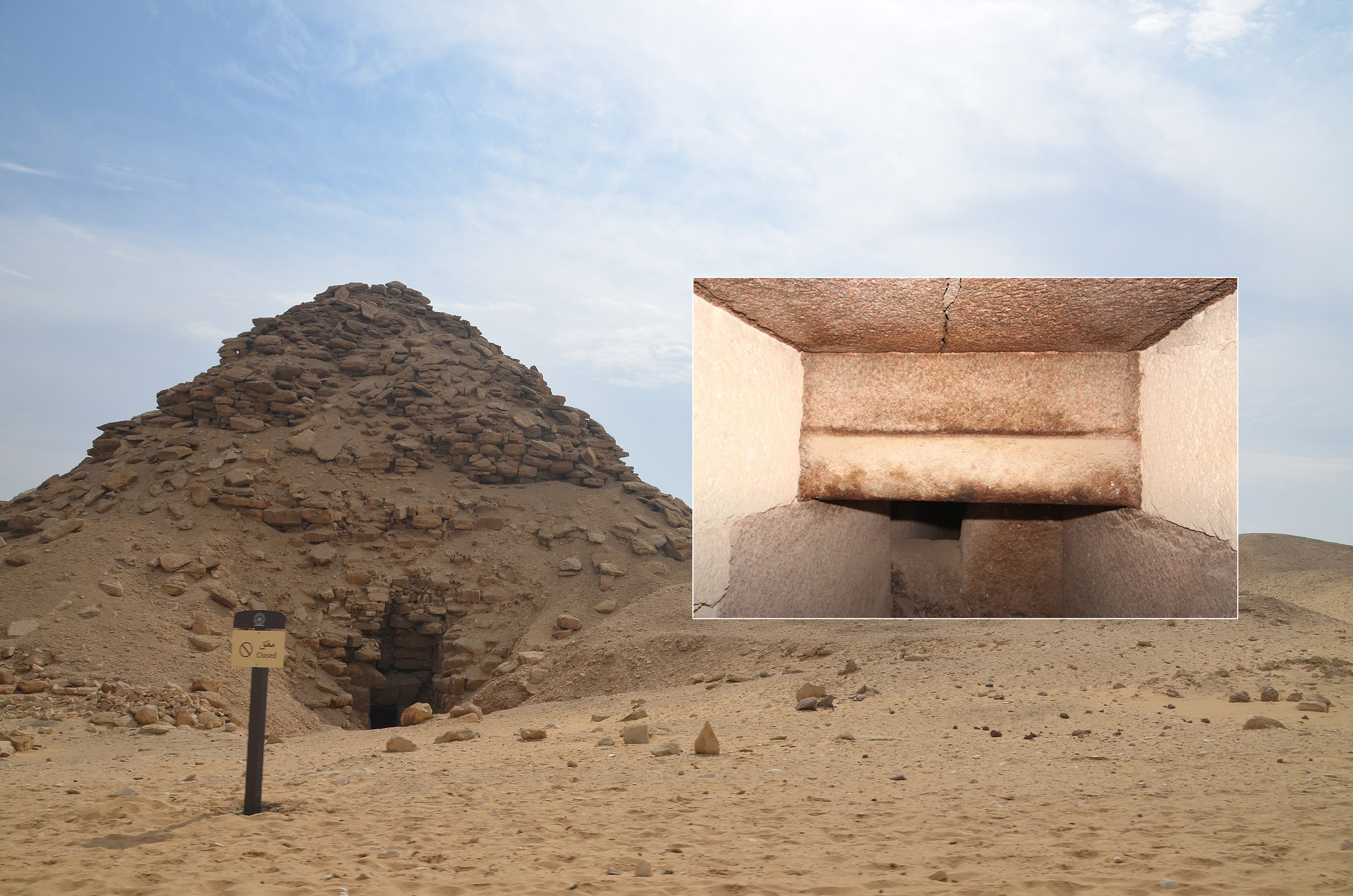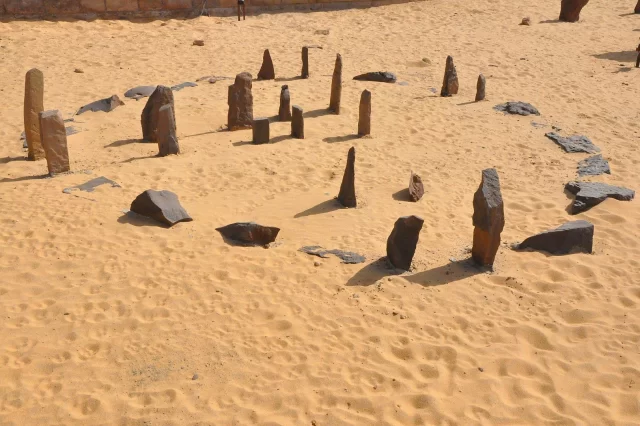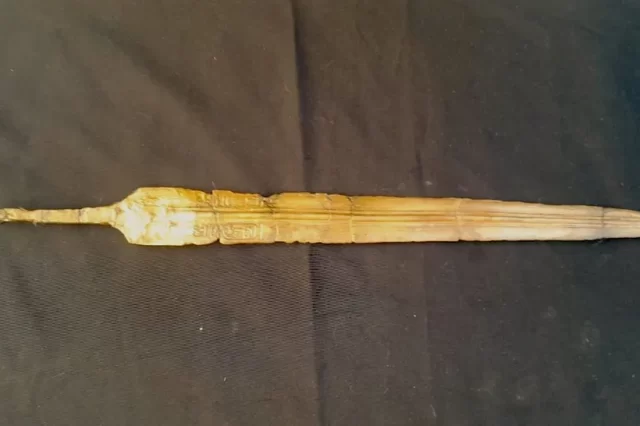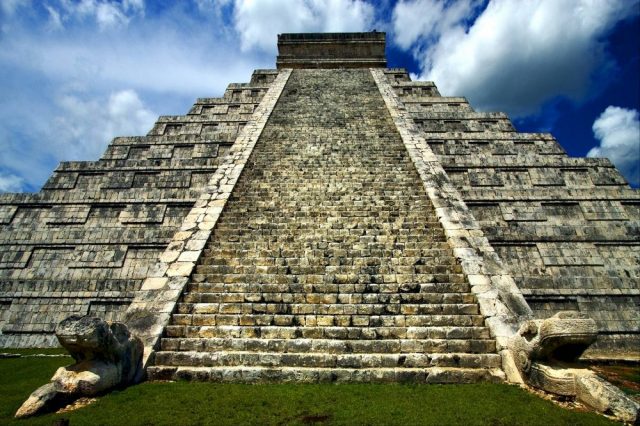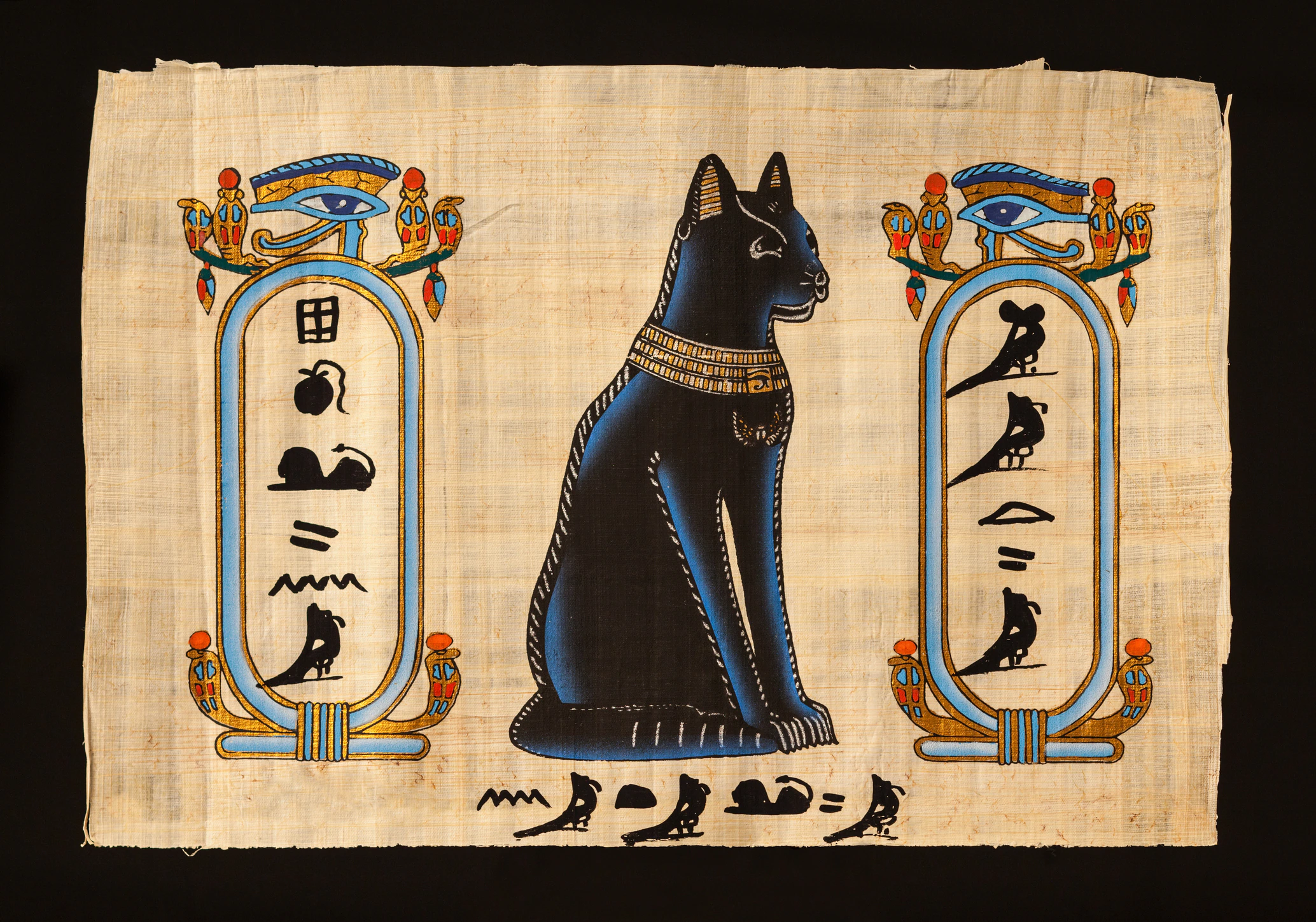Userkaf's pyramid was called, "Pure are the places of Userkaf." Once it was completed, it measured 73.3 meters to the side. The slope was 53 degrees. It was built to a height of 49 meters.
Pharaoh Userkaf founded the Fifth Dynasty in ancient Egypt. During the Old Kingdom period in the early 25th century BC, he reigned for seven to eight years. It is thought that he was the son of a Fourth Dynasty royal family, although his parentage is unknown. It is likely that he had a son, Sahure, with his consort Neferhetepes as well as at least one daughter. But while his family tree is perhaps shrouded in mystery, what he did during his relatively short time as Pharoah has left a mark on history.
Worship of Ra
During the reign of Userkaf, in the Memphite necropolis north of Abusir, on the desert edge just south of Abu Grab, the first temple dedicated to Ra was built. In addition to that, he was the pharaoh that returned to the sacred site of Saqqara, where he built his pyramid. In fact, he did so as close as possible to the Djoser pyramid complex. Djoser is believed to have been the first pyramid builder in Egyptian history. His famous Step Pyramid is believed to have been the very first megalithic monument built of stone. Useraf placed his pyramid at the exact northeast corner of the complex built by Djoser.
Pure are the Places of Userkaf
Userkaf’s pyramid was called, “Pure are the places of Userkaf.” Once it was completed, it measured 73.3 meters to the side. The slope was 53 degrees. It was built to a height of 49 meters. In other words, the structure was much smaller in size compared to the Pyramid of Menkaure at Giza. It is believed to have been originally encased in stone. However, this limestone casing was used to conceal haphazardly laid masonry in the core. When the outer casing was stripped, the entire structure slumped into a heap of rubble. This is what remains of the pyramid today. Nonetheless, even though the structure is no more than an artificial hill of rubble, the interior of the pyramid survived.
Archeological explorations of the structure reveal that all of the elements of the pyramid’s substructures were built into a deep shaft sunk below the surface. This was before the construction of the pyramid began.
The inside
A passage was built into the construction trench, having a base that was eight meters below the base of the pyramid. From there, a horizontal corridor was cut into the ground with a length of 18.5 meters. It was partially clad with granite and plugged with blocks of the same stone. In the middle, the builders constructed a horizontal corridor home to a huge portcullis slab. From there, the substructure would lead into a T-shaped room. The so-called burial chamber was originally lined and paved with exquisite limestone. The roof was pented, consisting of huge limestone beams leaning against one another. Curiously, just as with other pyramids in Egypt, the sarcophagus was empty when the pyramid was first entered into.
Have something to add? Visit Curiosmos on Facebook. Join the discussion in our mobile Telegram group.

